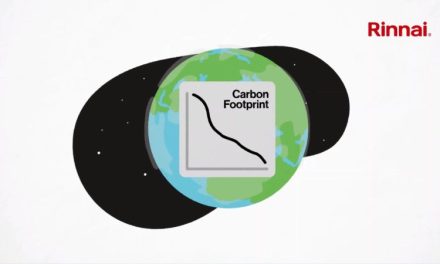By Donald Fisher, Senior Director, Energy Solutions, Software AG
Recently there’s been a lot of discussion around analytics infrastructure and how the digital enterprise will positively impact the energy industry. Several significant factors that are conflating to shape the digital world, including Moore’s Law, which is the relationship between increased chip complexity and capacity with the chip’s processing capabilities and speed. In addition, the economics of storage capacity are changing how we move and store data, leading to the rise of “big data.”
Another influential factor is the increased technological sophistication of telecommunications and memory: the physical distance between data and processor is now far less of an issue than it once was. Finally, four mega-trends (mobile, social, the cloud and big data) are fundamentally transforming business processes and technology platforms. While not every business is a digital business, every business will definitely need to become digital, regardless of industry, company size or business function.

By enabling a high-level look at every process with analytics infrastructure, chances are very good that you’ll improve your organisation’s operational excellence. This has become a more critical focus since 2010’s BP spill, a highly unfortunate incident that brought negative attention to the oil and gas industry’s operational shortfalls at the time. To prevent a catastrophe such as the BP spill from ever happening again, companies are actively seeking ways to institute what we call Intelligent Business Operations (IBO), which is the ability to make confident, informed business decisions quickly and at scale. Ultimately, operational excellence, and the technology it requires, is a noble goal for our sector. But it’s a very large undertaking and one that requires not only the implementation of technology-enabled processes but also a significant transformation of an organisation’s culture.
Done correctly, process automation creates differentiating solutions that help you better engage with your customers, partners and employees. Those solutions need to fully utilise the current mega-trends mentioned above (social, mobile, cloud and big data) to make the kind of seismic impact our industry requires. At the same time, the Internet of Things has become a reality, ushering in the age of the industrial internet.
One company that stands out in the early adoption of process automation is Baker Hughes, a top-tier oilfield service company. They had no global, standard Order to Cash process and realised that their exceptions and discrepancies in the early stages of the process resulted in significant rework and effort — especially when it came time to invoice the customer. These inefficiencies impacted their overall Order to Cash cycle time. Ultimately, Baker Hughes wanted to optimise their Procure-to-Pay (P2P) process to improve invoice accuracy, minimise delivery delays and reduce late payments. They knew that they needed increased process agility, visibility and control into their entire invoicing process, so they used the web Methods Integration Platform to combine its SAP enterprise resource planning (ERP) system with other systems, giving them new, efficient capabilities for process modelling and execution. This allowed them to create a real-time dashboard to proactively monitor P2P activities, end-to-end, across different systems. The objective of this undertaking was to improve quality and customer satisfaction while focusing on the Order to Cash process.
After implementing their process automation system, Baker Hughes realised significant benefits. Their P2P process was faster, traceable and paperless; they reduced invoicing costs, saving around £3 on each bill; they reduced invoice errors and payment delinquency rates; and they improved process visibility and supplier relationships. They also tracked Key Performance Indicators (KPIs), which contributed to continuous process improvement. The result was a rather significant cash flow enhancement to the tune of £100s of millions.
While the Baker Hughes example above illustrates an ultimately profit-driven success, it should also be noted that the company underwent some very significant changes to accommodate the shift into digital. They combined nine divisions into a single, unified company and created a dedicated team from sales ops, finance and IT for implementation, training and change management. Their employees adapted to new ways of working, using a set of technologies that were designed to automate their invoice ops and capture statistics around that process. Empowering the owners of processes such as generating invoices lent better managerial skills to that group, and the results speak for themselves. Baker Hughes now has global standards that facilitate best practices. Visibility and transparency drive operational accountability, and their staff works across functions, meaning that they know when appropriate action is needed and which actions to take. This streamlined process helped them decrease days of outstanding sales by a day and a half.
Because it contributes to better, more consistent decision-making, IBO was critical to their success. By allowing ad hoc, social collaboration, teams could respond faster to events. It allowed Baker Hughes to measure indicators to increase visibility and agility and provided an all-important link between transformation activities being undertaken and use of technology to help support that transformation. IBO starts with understanding processes, then allows organisations to drill down into specific processes within a chosen work area, whether that be changing invoicing processes or safety practices on an oil rig.




